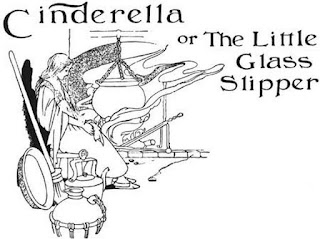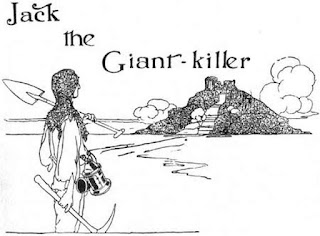Tales of Passed Times

Tales of Passed Times by Charles Perrault, illustrated by Charles Robinson Tales of Passed Times was published in the collection The Temple Classics for Young People by J. M. Dent & Company, London, in 1900. There are twelve fairy tales, the first nine written by Charles Perrault, Beauty and the Beast by Madame Le Prince de Beaumont, and The Benevolent Frog and Princess Rossette by Madame d'Aulnoy. Both ladies are mentioned in the short foreword, but not on the cover or internal title page. Contents: The Sleeping Beauty in the Wood Little Red Riding-Hood Blue Beard Master Cat; or, Puss in Boots The Fairies Cinderella; or, The Little Glass Slipper Riquet with the Tuft Little Thumbling Beauty and the Beast The Benevolent Frog Princess Rosette We'll go through the whole book with short summaries and some links with additional info, keeping the illustrations by Charles Robinson as our main focus. The Sleeping Beauty in the Wood The King and the Queen celebrate the birth of th...


